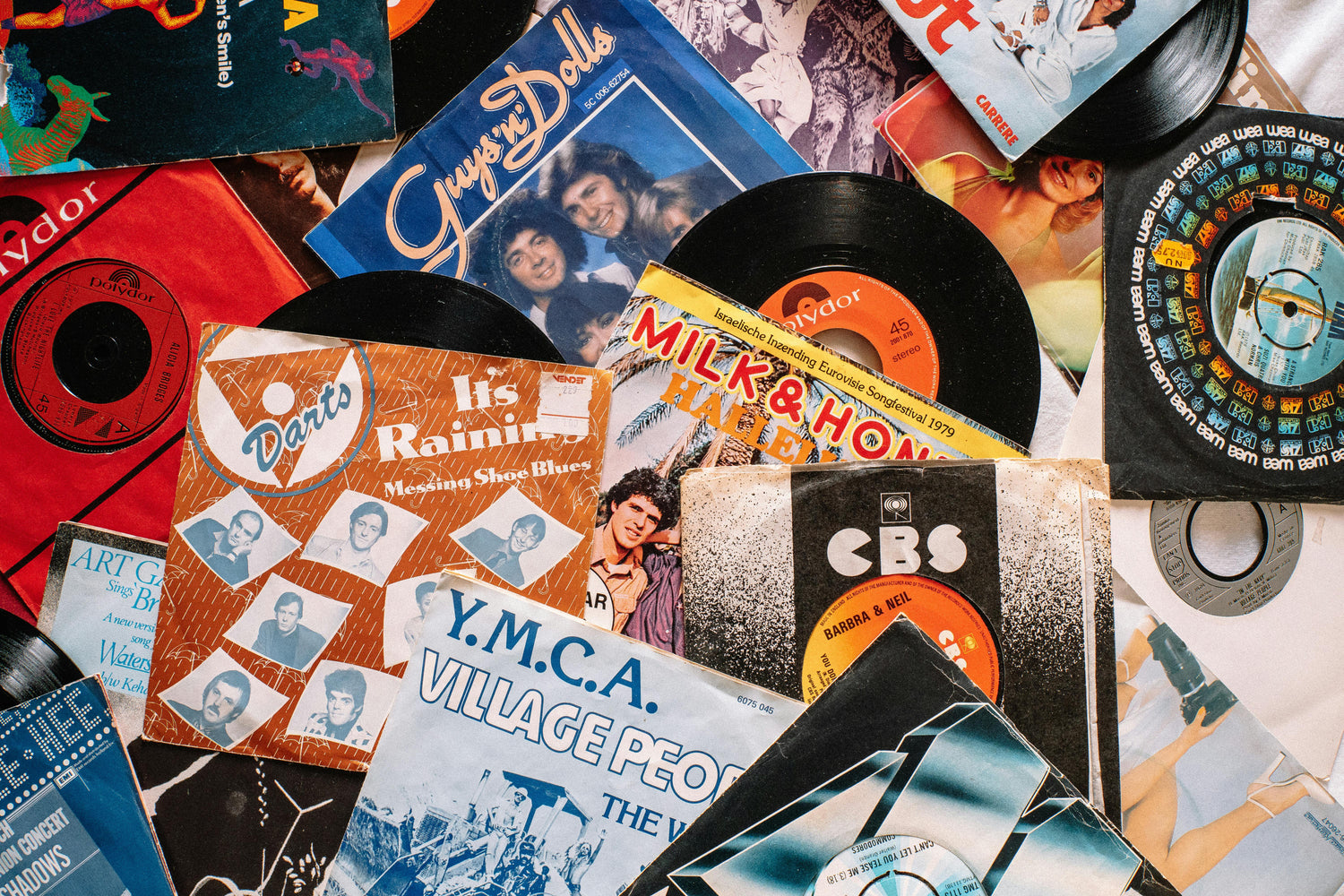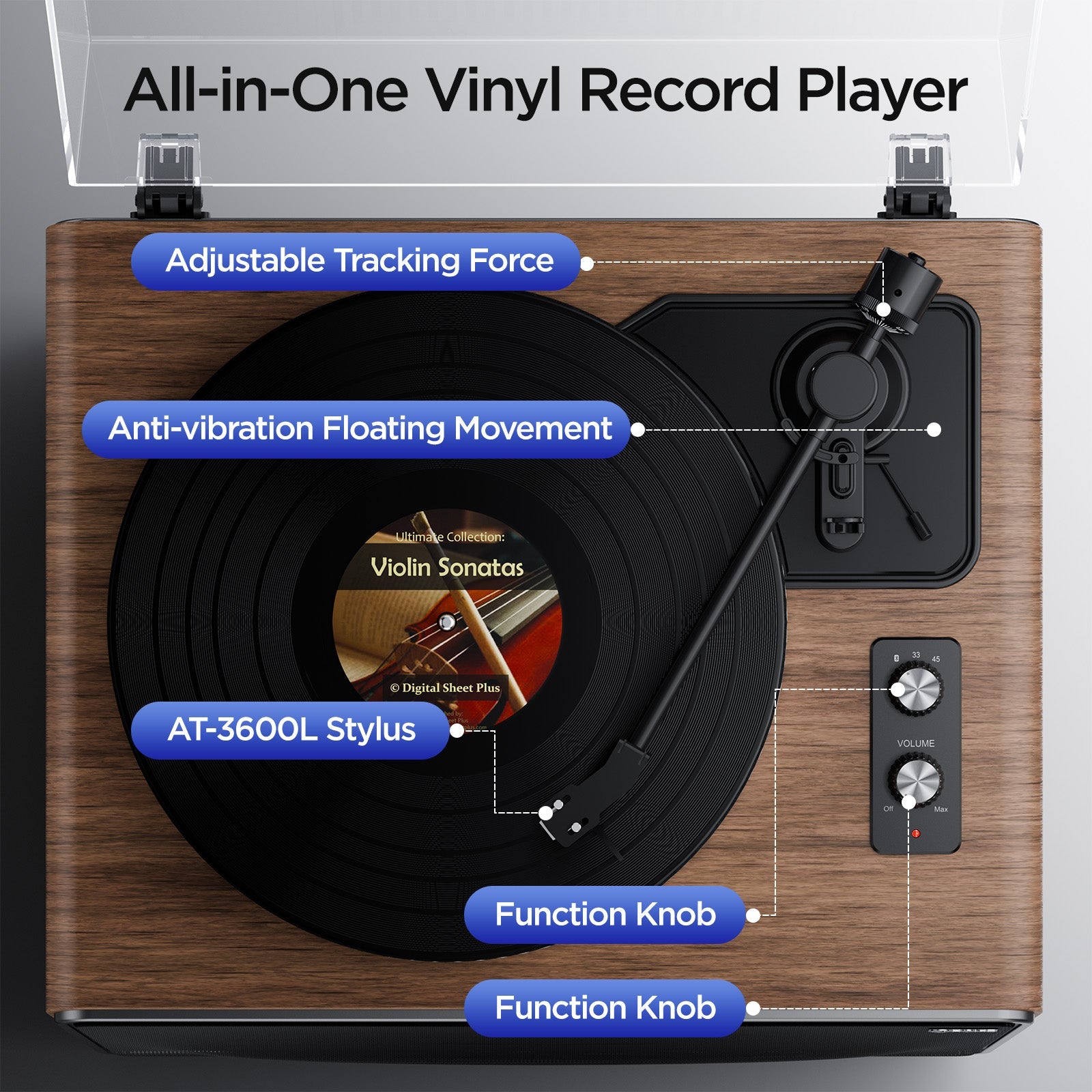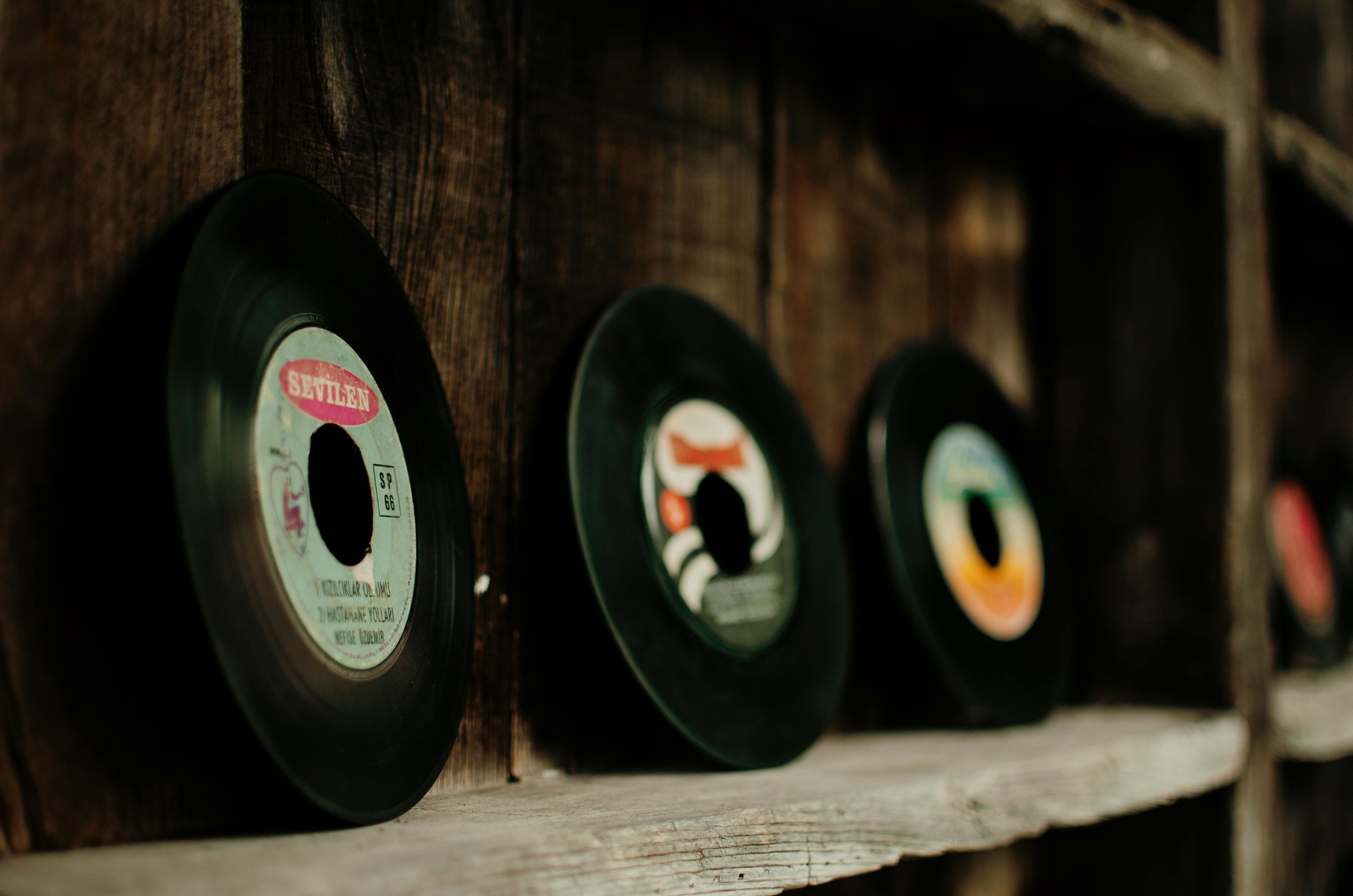The ritual of vinyl is a beautiful thing: the tactile pleasure of handling a record, the deliberate act of placing it on the platter, the gentle drop of the needle, and the ensuing wave of warm, analog sound. It’s an experience that engages the senses and connects us deeply with music. But this profound enjoyment comes with a silent partner: responsibility. Your turntable and your record collection are investments – in sound, in history, in joy – and like any valuable possession, they require care.
Unfortunately, in the world of record player maintenance, common knowledge isn't always correct knowledge, and seemingly innocuous habits can lead to degraded sound, accelerated wear, or even permanent damage. This isn't about instilling fear, but about empowering you with the insights to sidestep these common pitfalls. Let's explore the mistakes many enthusiasts make and, more importantly, how to avoid them.
1. The Sin of Omission: Neglecting Record Cleaning (or Doing It Wrong)
-
The Mistake: Believing a quick puff of air or a cursory flick with an old t-shirt is sufficient. Playing records straight out of the shrink-wrap or from a dusty charity shop find without a proper clean. Worse yet, resorting to household cleaners (a true audiophile horror story!).
-
The Harsh Consequence: Every speck of dust, every greasy fingerprint, every particle of airborne grime acts like an abrasive when ground into the delicate grooves by your stylus. This doesn't just cause annoying pops and clicks; it leads to permanent groove wear, diminished fidelity, and premature wear on your expensive stylus.
-
The Path to Purity:
-
Before every single play: A gentle sweep with a quality carbon fiber brush is non-negotiable. Its conductive fibers help neutralize static (a major dust magnet) and lift loose surface particles.
-
For new and used LPs: A proper wet cleaning is essential. Even brand-new records can have mold-release compounds from the pressing plant. Use a dedicated, alcohol-free record cleaning solution and lint-free microfiber cloths or pads. For more serious collections, investing in a record cleaning machine (RCM), like a vacuum-based system or even a simpler manual system like a Spin-Clean, can be transformative.
-
-
Underlying Truth: We often underestimate the microscopic world of the record groove. Sound is vibration; dirt is simply unwanted, damaging vibration. Laziness here has long-term sonic costs.
2. Stylus Neglect: Forgetting the First Point of Contact
-
The Mistake: Letting that tiny diamond tip accumulate a visible (or invisible) coating of dust, vinyl residue, and who-knows-what-else. Cleaning it incorrectly – a vigorous side-to-side scrub, using harsh chemicals, or blowing on it (which just adds moisture and contaminants).
-
The Harsh Consequence: A dirty stylus is a recipe for disaster. It leads to distorted, muddy sound, mistracking (potentially damaging grooves), and can even transfer that accumulated gunk back onto your meticulously cleaned records. Plus, it significantly shortens the lifespan of the stylus itself.
-
The Path to Purity: Regular, gentle cleaning is key. Use a dedicated stylus cleaning gel (where you gently lower the stylus onto the gel) or a specialized short, stiff-bristled stylus brush. If using a brush, always brush from back to front (the direction the record spins), never side-to-side or front-to-back, to avoid damaging the delicate cantilever suspension.
-
Analytical Depth: The stylus is the vanguard of your audio system, the very first point of mechanical and electrical contact. Its condition dictates everything that follows.
3. "Set It & Forget It" Syndrome: Ignoring Setup & Calibration Drift
-
The Mistake: Assuming that once your turntable is set up, parameters like tracking force, anti-skate, and even levelness will remain perfect indefinitely.
-
The Harsh Consequence: An unlevel turntable can cause the tonearm to favor one side, leading to uneven groove wear and channel imbalance. Incorrect tracking force (too light or too heavy) results in mistracking, distortion, and accelerated wear on both records and stylus. Improper anti-skate can cause similar issues.
-
The Path to Purity: Periodic check-ups are essential:
-
Levelness: Keep a small spirit level handy and check your turntable’s plinth and platter regularly, especially if it’s on a less-than-rock-solid surface.
-
Tracking Force: Invest in a good digital stylus force gauge. Check and adjust the vertical tracking force (VTF) every few months, or if you move the turntable or suspect it's been knocked.
-
Anti-Skate: This can sometimes drift or may need slight adjustment if you notice persistent distortion in one channel.
-
Cartridge Alignment: While less likely to drift on its own if properly tightened, it's crucial to re-check with a protractor if you change your cartridge, headshell, or if the tonearm has received a significant jolt.
-
-
Practical Reality: Turntables are precision mechanical systems. Components can settle, screws can loosen slightly with vibration, and environmental changes can have subtle effects. Think of it like tuning a musical instrument.
4. Environmental Insensitivity: Poor Turntable Placement
-
The Mistake: Positioning your turntable in direct sunlight, near radiators or other heat sources, on a wobbly or resonant surface (like a flimsy IKEA shelf), or too close to your speakers.
-
The Harsh Consequence: Direct sunlight and heat can warp records in minutes. Unstable surfaces lead to skipping and introduce unwanted vibrations into the playback system. Placing a turntable too close to speakers creates a feedback loop – the speakers vibrate the turntable, which feeds back through the stylus, muddying the sound or causing a low-frequency howl.
-
The Path to Purity: Choose a dedicated, stable, and level surface for your turntable. Keep it away from direct heat and sunlight. Crucially, ensure good isolation from your speakers. This might mean physical distance or investing in an isolation platform or specialized feet.
5. Accessory Faux Pas: Using Incorrect or Low-Quality "Aids"
-
The Mistake: Storing records in those old, abrasive paper inner sleeves. Using window cleaner or other household chemicals on records or styli. Relying on makeshift solutions for leveling (like folded cardboard) or isolation that might do more harm than good.
-
The Harsh Consequence: Paper sleeves shed fibers and can cause micro-scratches over time. Incorrect cleaning fluids can leave residues or even damage the vinyl compound. Ineffective isolation means you're not hearing your system at its best.
-
The Path to Purity: Invest wisely in quality accessories.
-
Sleeves: Archival-quality, anti-static inner sleeves (like the popular "MoFi" style) and sturdy polyethylene outer sleeves are essential for record preservation.
-
Cleaning Fluids: Always use solutions specifically designed for vinyl records and styli.
-
Isolation: If vibrations are an issue, consider dedicated isolation feet, platforms, or even a wall-mounted shelf.
-
-
The XJ-HOME Approach: At XJ-HOME, we firmly believe that every component and accessory in the audio chain contributes to the final sonic tapestry. That's why the accessories you'll find at https://xenonjade.com are curated and designed with the same meticulous attention to detail and material quality as our core audio components, ensuring they enhance, rather than hinder, your listening experience.
6. The "Hero Complex": DIY Repairs Beyond Your Skillset
-
The Mistake: Emboldened by a YouTube tutorial, diving into complex electronic repairs (like replacing capacitors without soldering experience) or intricate mechanical adjustments (like tonearm bearing work) without the proper knowledge, tools, or service manuals.
-
The Harsh Consequence: This is the fast track to turning a potentially fixable vintage gem or a slightly ailing modern deck into an expensive paperweight. There's also the very real risk of electrical shock if dealing with power supply components.
-
The Path to Purity: Honesty about your own limitations is a virtue. Basic maintenance like cleaning, belt replacement, or stylus replacement is within reach for most. However, for anything involving soldering complex electronics, diagnosing obscure faults, or dealing with precision mechanical assemblies like tonearm bearings or motor internals, it's often wisest (and ultimately cheaper) to consult a qualified audio technician. Resources like Vinyl Engine (https://www.vinylengine.com/library.shtml) are invaluable for service manuals, which can help you gauge a repair's complexity.
-
Authenticity Check: True expertise involves knowing when not to touch something.
7. Playing into Oblivion: Not Replacing a Worn Stylus in Time
-
The Mistake: Trying to eke out every last play from a stylus, pushing it far beyond its recommended lifespan (typically 500-1000 hours, though this varies greatly by stylus type, shape, and care). The dangerous thought: "It still makes sound, so it must be okay."
-
The Harsh Consequence: This is arguably the most insidious mistake, as it causes irreparable damage to your precious record collection. A worn stylus, even if it still "works," acts like a tiny chisel, gouging and deforming the delicate groove walls. The resulting sound quality will also be significantly degraded – dull, distorted, and lacking in detail.
-
The Path to Purity: Keep an approximate log of your playing hours. Be mindful of the typical lifespan for your specific stylus (manufacturers often provide this). When in doubt, or if you notice a clear degradation in sound that isn't attributable to other factors, err on the side of caution and replace it. The cost of a new stylus is a pittance compared to the value of a well-loved record collection. For a deeper understanding of how styli wear and the visual cues, searching for articles on "stylus wear microscope images" can be quite illuminating.
-
First Principle: Preserve the source. Your records are the irreplaceable heart of your analog system.
Conclusion: Mindful Maintenance for Musical Miles
Proper record player maintenance isn't a tedious chore; it's an integral part of the vinyl ritual, a mark of respect for the music and the medium. By understanding and consciously avoiding these common mistakes, you're not just protecting your gear and your grooves; you're ensuring that every listening session delivers the maximum sonic pleasure and emotional impact. A well-cared-for system is a happy system, ready to provide you with countless hours of analog bliss. Now, go forth and listen confidently!





Leave a comment
All comments are moderated before being published.
This site is protected by hCaptcha and the hCaptcha Privacy Policy and Terms of Service apply.